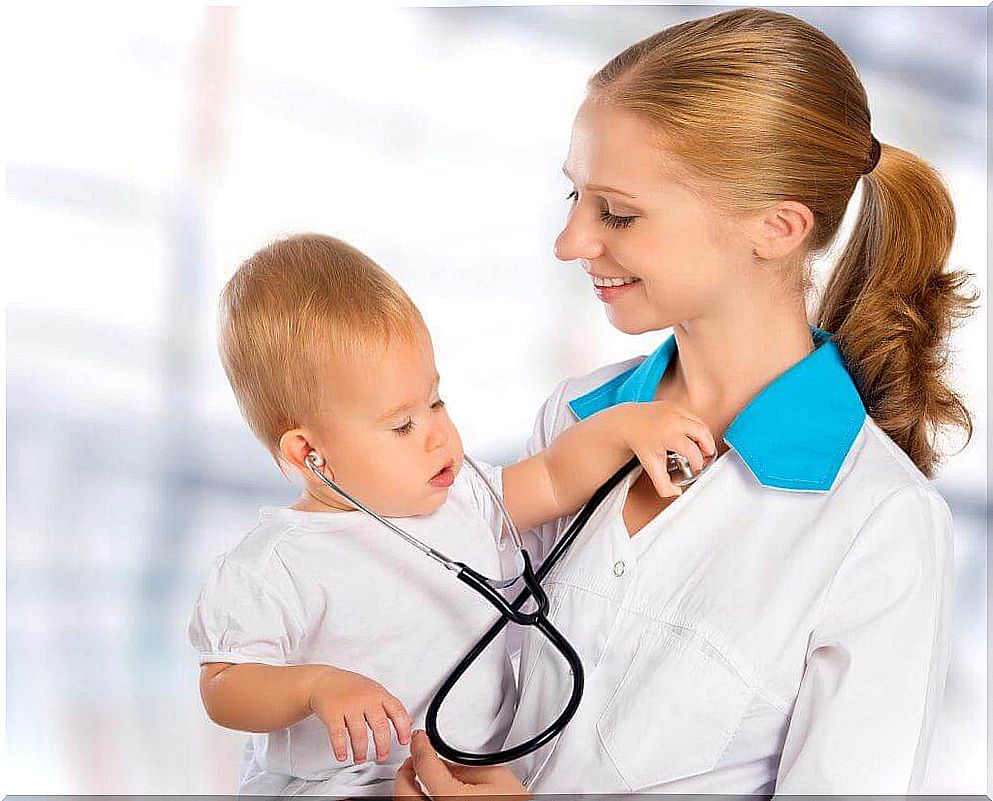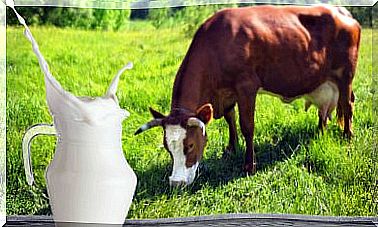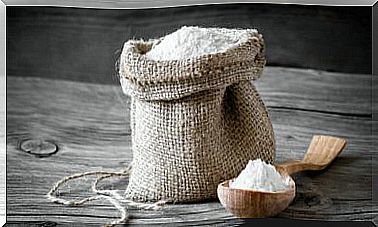Most Common Medications In Children
The administration of drugs in childhood is a difficult challenge, since a set of characteristics particular to this group of the population must be taken into account.
Pediatric pharmacology
Pediatric pharmacology is the science that studies the administration of medications to children.
This discipline covers aspects such as:
- The dose of administration.
- Possible side effects.
- The mechanism of action of the drug.
- Its form of administration ..
In pediatric pharmacology, the metabolic and physiological particularities of children must be taken into account, as well as the great variability that exists between one patient and another. The reason is that the pediatric population is very heterogeneous in terms of age, weight, surface area, and the ability to absorb, metabolize, and excrete drugs.

In general, it could be said that the most relevant trait that pediatric pharmacology must take into account is the degree of immaturity of the patients. This means that children’s organs have a greater degree of immaturity and, ultimately, a different function than those of adults.
These differences in the functioning of the body in children will condition the behavior of the drugs administered, making the choice of dose a complicated task
Physiological peculiarities in children
Some of the characteristics of pediatric patients are, for example, their immature biliary function, which can cause deficits in circulation and in the hepatic metabolism of some drugs.
The newborn has a greater amount of water in the body, compared to an adult. Also the permeability of their cell membranes is higher. These aspects reduce the biotransformation of drugs in newborns. Therefore, the duration of action of certain drugs is prolonged.
On the other hand, kidney function in children is also decreased. This causes that the plasmatic life – time in which we can find the drug in blood – is increased, since the renal excretion of the drug slows down.
In addition, these particularities are not only found in the process of drug metabolism, but also in the action exerted by the drug itself in the body. In relation to this last aspect, we can observe different sensitivities to different drugs, being increased or decreased with respect to the adult patient depending on the drug in question.
In short, the pediatric population is quite a peculiar group. Therefore, it requires a specific study when deciding which medication to use. In addition, a specific adjustment of the doses is required, which are usually lower than those that would correspond based on their weight. This is due to decreased kidney and liver function in the newborn.
It is especially important to avoid self-medication in this type of patient, so that, when in doubt, one should go and seek advice from the health personnel, who will decide the best treatment for the child.
Most common medications in children

The most commonly used medications in the pediatric population are intended to alleviate minor conditions or common symptoms, such as general malaise, pain or fever.
Analgesics, antipyretics and non-steroidal anti-inflammatory drugs (NSAIDs)
These are the most widely used pain medications.
Paracetamol
- It does not cause intestinal damage.
- At high doses it can cause liver damage (it is hepatotoxic).
- It is a drug with little anti-inflammatory action, but it is antipyretic (reduces fever).
- It can be administered by various routes such as oral, rectal or intravenous.
Nolotil (metamizole)
- It does not cause intestinal damage.
- It can cause hypotension.
- More powerful analgesic than paracetamol.
- It can be administered orally, rectally, and parenterally.
- Its administration is not recommended in babies under 4 months.
- It relaxes the muscles of the intestine, which is why it is widely used in colicky pain.
- It is a drug with little anti-inflammatory function, but it is antipyretic (reduces fever).
Ibuprofen
- It is administered orally.
- Very well tolerated at the gastrointestinal level.
- It is the most widely used NSAID in children.
- It is anti-inflammatory and antipyretic (reduces fever).
- Its administration to babies under 3 months is not recommended.

Naproxen
- It is administered orally or rectally
- In Spain, approved for use only in people over 16 years of age
- Used in rheumatic diseases and for menstrual pain
Diclofenac
- Antipyretic.
- Used in cases of intense pain.
- In Spain, approved only for those over 14 years of age.
- It relaxes the muscles of the intestine, which is why it is widely used in colicky pain.
Acetylsalicylic acid (aspirin)
- Analgesic, antipyretic and anti-inflammatory.
- Its use is not authorized in children under 16 years of age.
- Related to Reye’s syndrome, a serious illness that can occur in children when taking aspirin to treat the symptoms of a viral illness such as the flu or chickenpox.
As we have seen, the differences in the development and functioning of children’s organs are remarkable. For this reason, we should always consult with the doctor before administering medications to our children. The professional will always be able to tell us which is the most suitable drug, what dose and other related aspects, depending on what it presents, its characteristics and particularities.
Likewise, you have to go for a consultation in case of any inconvenience. Taking measures without the doctor’s authorization must be avoided at all costs.









